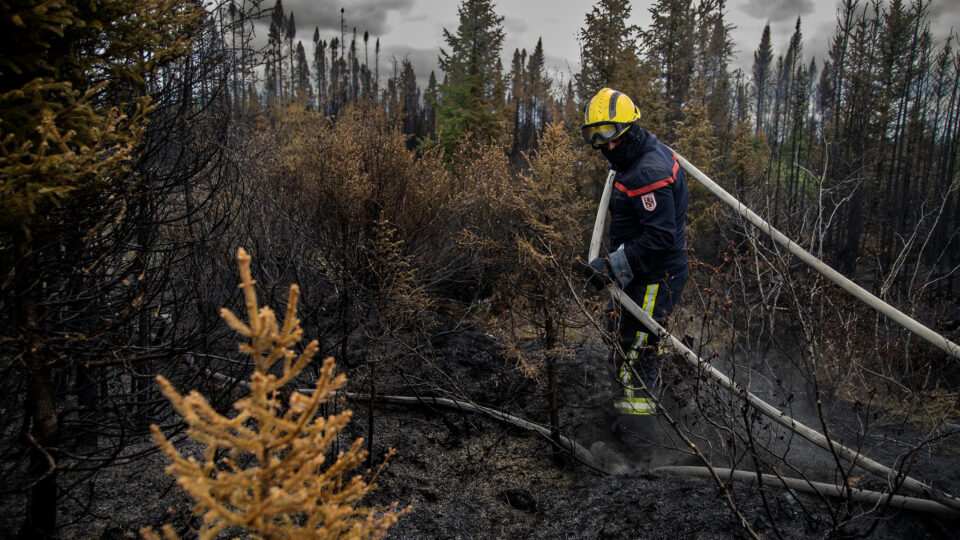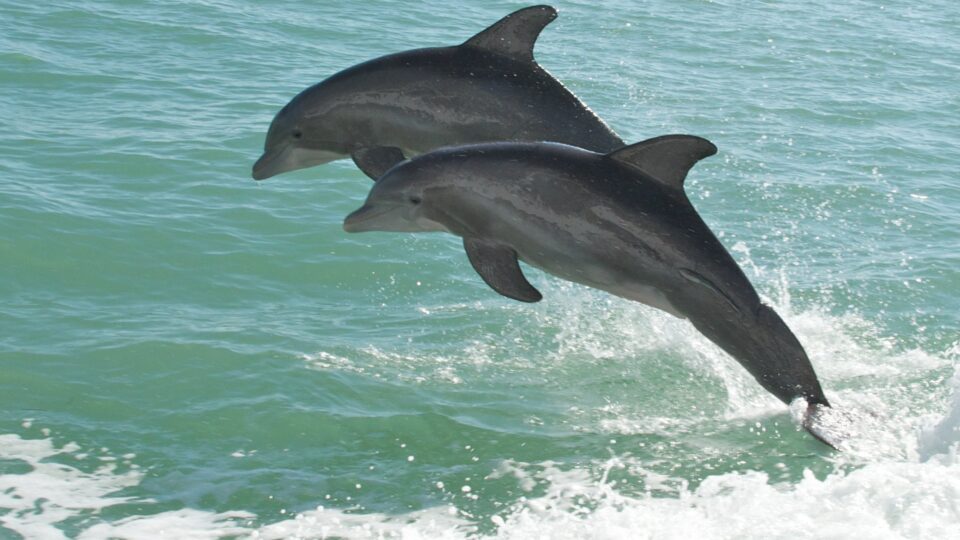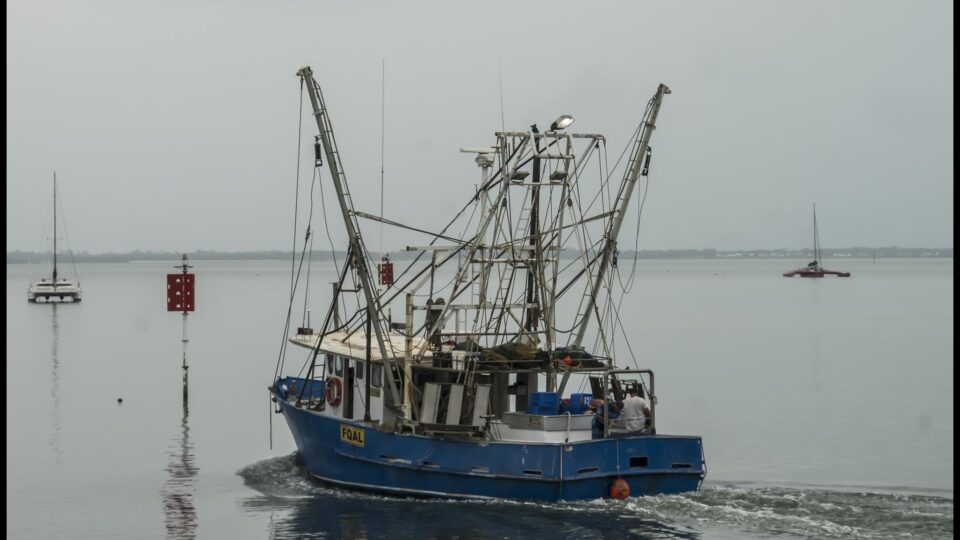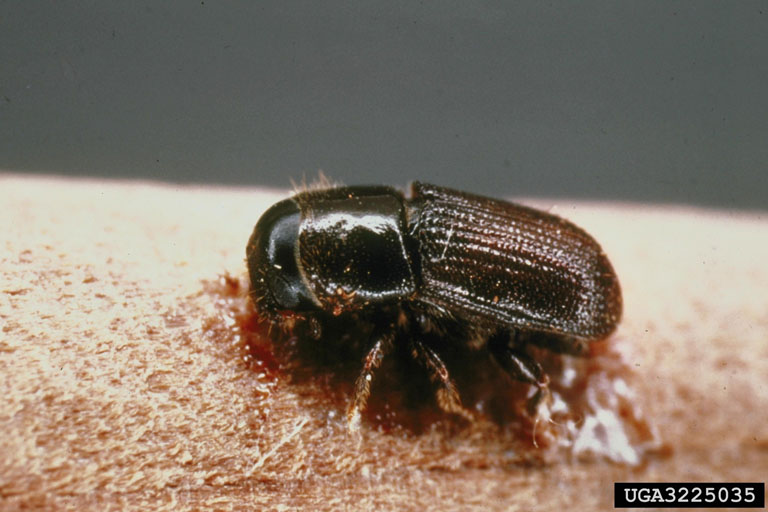Canada’s 2023 wildfire season was the most destructive ever recorded. Over 6,000 fires burned nearly 71,000 square miles of land from the West Coast to the Atlantic provinces. The burned areas are roughly the size of the entire country of Finland and represent almost triple the amount burned in the previous year, which itself was a lot. Smoke from Canadian fires, particularly those in Quebec, blanketed many cities in the United States and made its way as far south as Florida.
An alarming aspect of the Canadian fire season is that it didn’t ever really end. Late in the winter, 149 active wildfires are still burning across Canada. 92 are in British Columbia, 56 in Alberta, and one in New Brunswick. In these places, the wildfire season is yearlong.
These overwintering fires have come to be known as zombie fires. They burn slowly below the surface during the winter. Many areas in the north contain porous peat and moss ground cover and these act as underground fuel for smoldering fires.
Wildfires have become more prevalent in Canada because the changing climate has brought about increases in the hot, dry, and gusty conditions that lead to drought.
Many of the zombie fires don’t pose an increased threat of triggering wildfires in the spring because they are in places that are already so charred that there is nothing left to burn. But others are in drought areas that are basically tinder boxes ready to burst into flame once spring arrives.
Overall, Canadian government officials are warning that this year’s wildfire season is likely to be even worse than last year’s, particularly in the Western provinces of British Columbia and Alberta.
**********
Web Links
As ‘Zombie Fires’ Smolder, Canada Braces for Another Season of Flames
Photo, posted June 30, 2023, courtesy of P. McCabe / EU via Flickr.
Earth Wise is a production of WAMC Northeast Public Radio









